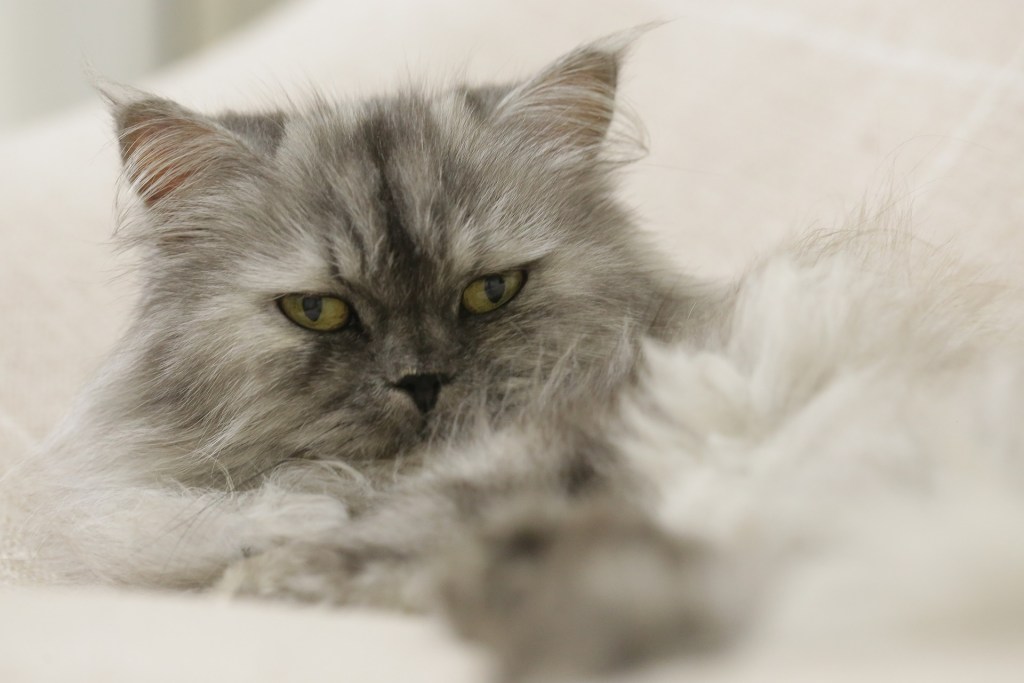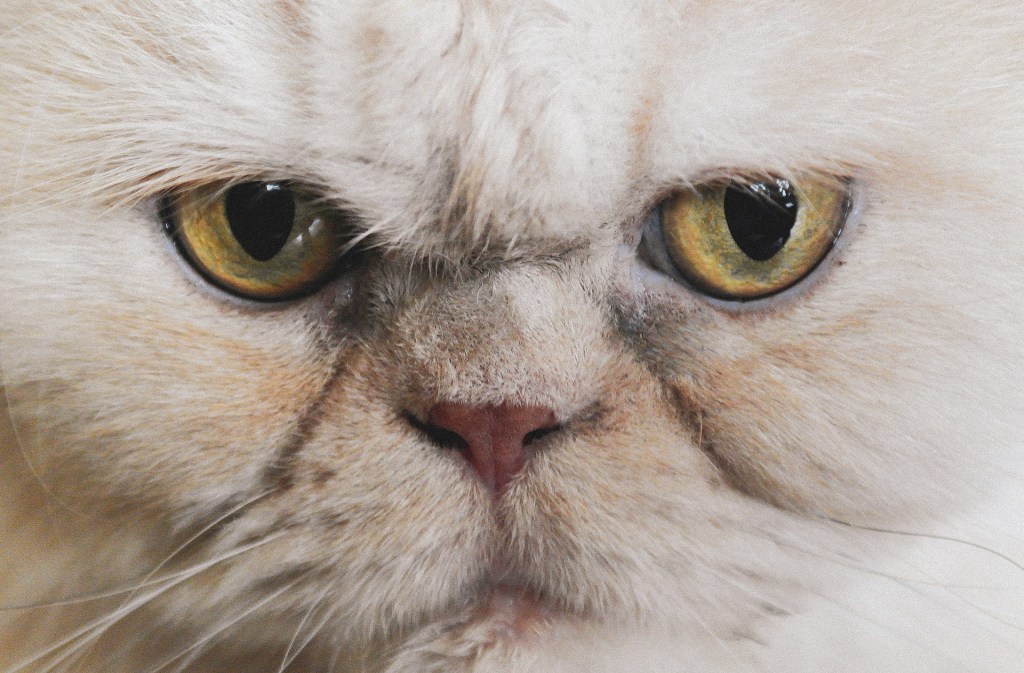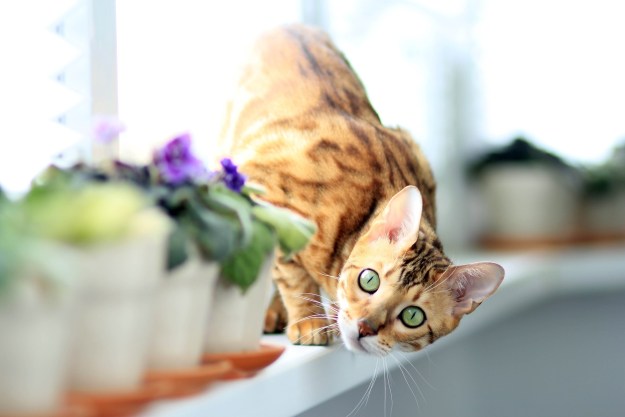Before you bring home any cat, you’ll want to be familiar with its care requirements. While there are some basic care needs that all cats share, the amount of effort and time you’re going to need to put into caring for your cat partially depends on your cat’s breed. Some shorthaired breeds are low-maintenance, but long-haired breeds often have more demanding grooming needs. That’s particularly true when it comes to the Persian cat. This beautiful breed of cat is known for its long coat and short, smooshed-in face, but those characteristics also bring some unique care requirements. Be sure to learn all about Persian cats’ care so you can keep your Persian happy, healthy, and looking beautiful.

Are Persian cats high maintenance?
Persian cats are definitely a higher-maintenance breed. According to PetMD, Persians have specific grooming needs, and you’ll spend much more time grooming your Persian than you will grooming another breed of cat. It’s also important to care for your Persian’s eyes and face, which can require daily attention.
Are Persian cats easy to care for?
While Persians need extra grooming and care, that care doesn’t tend to be highly challenging, especially if you’re willing to learn to groom your cat yourself. PetMD explains that Persians are naturally at risk for certain health issues, like eye, kidney, heart, bladder, and breathing issues. Any of these issues can add to your Persian’s daily needs, as well as the overall cost of caring for your cat. Whether you’re planning to adopt or buy a Persian, it’s important to make sure that the cat is healthy and doesn’t have a history of these health issues.

How do you take care of a Persian cat?
The Humane Society of Chittenden County explains that Persians are known for their thick double coat and snub-nosed faces, but they can have challenging grooming requirements. That double coat can easily get matted and tangled, and it requires daily brushing. Certain areas on the cat’s body, including behind the ears, the stomach area, under the chin, and under the arms, are particularly prone to matting.
Instead of using a cat brush, you’ll need a wide-toothed comb when you need to detangle areas. Combing the coat daily can help to prevent tangles and keep your cat more comfortable. PetMD also recommends using a double-sided cat brush. Whatever you use, you need to make sure that the brush can get through your cat’s long fur, since the undercoat is prone to becoming knotted and matted.
Some Persians get their cat litter stuck to their hind legs, and the experience can make them fussy about using their litter boxes, potentially prompting them to do their business elsewhere in your house. You might need to consider trimming the backs of your cat’s hind legs, which can help to prevent this issue. This is a job for a professional groomer, so be sure that you have the budget to take your cat to a groomer when needed.
Persian cats’ faces also need attentive care. Because they have flat facial features, Persians can’t breathe as well as other breeds. Their eyes are placed wide apart and are very prominent, and when paired with the rest of their facial design, eye discharge can result. That discharge occurs between the nose and the eye, running down a facial fold and drying, which can make your cat’s face look stained. You may need to use cat eye wipes to remove this discharge.
It’s also important to realize that Persians’ eyes can be prone to other health issues, including ulceration. You’ll need to carefully monitor your cat’s eyes and check them daily. If you notice issues like excessive watering or squinting, then it’s important to take your cat to the vet right away.
Every cat needs attentive care, but breeds like the Persian require a little more care than your typical cat. Keep in mind, though, that Persians are also a fantastic breed, known for being friendly and laid-back. While you’ll need to budget plenty of time to groom your cat daily, that time can be an enjoyable bonding session for you both. Grooming your Persian ensures that you’ll take some time out of the day to truly enjoy and focus on your cat, and you’ll also know that you’re doing everything your cat needs to stay healthy. Your vet or a groomer can show you how to best care for your cat, and before you know it, these daily grooming sessions will probably become a part of your routine that you and your cat look forward to.
Editors' Recommendations
- How long do dachshunds live? The truth might surprise you
- What you need to know about your cat’s swollen lip – what caused it and how to help it heal
- Everything you need to know about the munchkin cat: Some facts may surprise you
- Looking for a fluffy and affectionate pup? Give the American Eskimo dog a try
- All about the incredible greyhound dog


